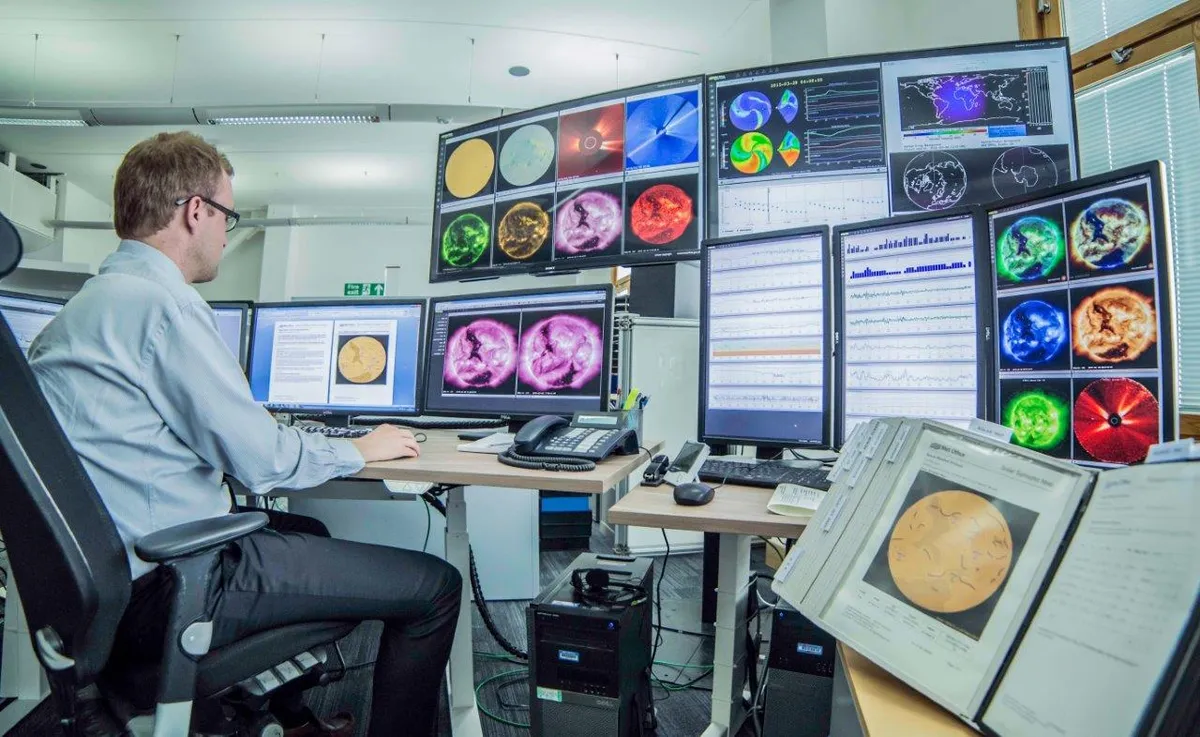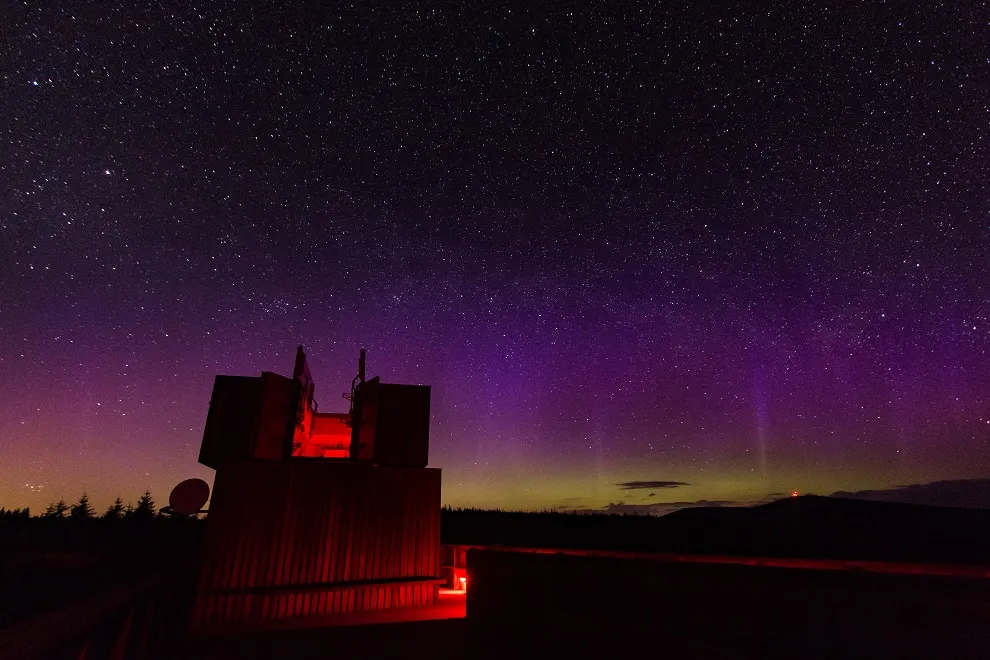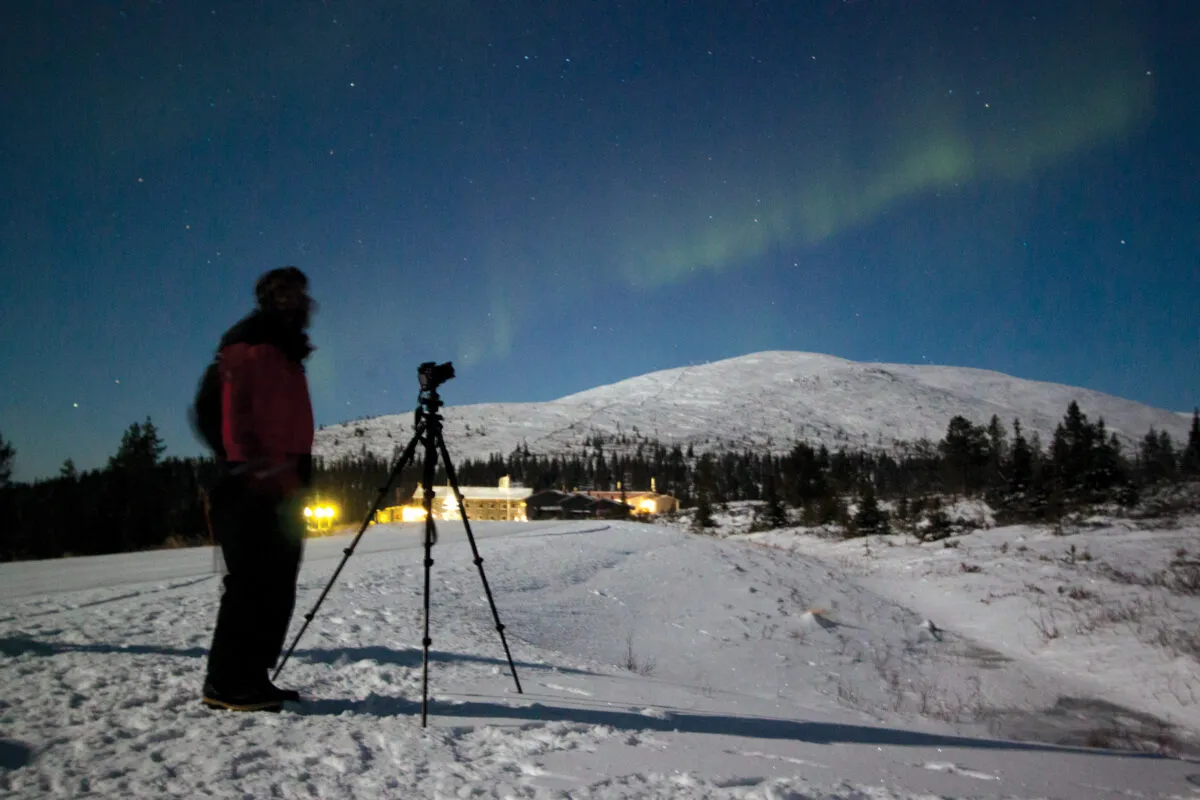Seeing the northern lights is on many people’s bucket lists, but with the Covid-19 pandemic stopping people from travelling to the usual aurora hotspots, you'd be forgiven that thinking that seeing the aurora borealis was off the table for those of us in the UK.
But that is not the case.
It's frequently possible to see the aurora from the UK, particularly in Scotland, and with the help of our guide, you'll know exactly what to do and where to go when the northern lights' forecast suggests the light show will soon be heading to British skies.
When can I see the aurora in the UK?
The northern lights are created by the Earth's magnetic field interacting with the solar wind, making the aurora notoriously unpredictable.
There are two times of year when the Solar System is best arranged for the northern lights – from January-March and September-October – but even then there’s no guarantee the aurora will appear on a given night.
It is possible to get a day or two's warning, however, using northern lights' forecast sites such as Solarham, Space Weather or Space Weather Prediction Centre.

These websites measure the strength of the solar wind, which in turn shows how strong the auroral activity is likely to be and how far south it will come – an important factor as only stronger storms will come far enough south that people will be able to see the aurora in the UK.
The predicted strength of the aurora is rated using the Kp index – Kp 7 are likely to be visible throughout Scotland while the stronger (but rarer) Kp 9 events may come as far down as southern England and Wales.
Where in the UK can see the aurora?
Auroral displays are most reliably seen in the ‘auroral oval’ that extends from 60 to 75ºN (which is above all but most the northern most tip of the UK) but stronger storms do come further south.
You'll want to head as for north as you can, meaning the best place in the UK to see the aurora is Scotland.
If you're going to travel to Scotland in the hopes of catching the aurora, then you'll want to head as far north as you can (please check current travel restrictions before you go).
The northern most Scottish Islands just sneak into the auroral oval, and so have the most reliable showings, but the mainland is far enough north that Kp6 and 7 storms are visible
The best places to stargaze in Scotland are away from the cities, which means you'll be able to make out the subtle lights much better, and give the greatest chance of seeing the aurora in the UK.
There are several good observing areas in northern England (Kielder Forest and the Lake District) and Northern Ireland (e.g. Malin’s Head, Davagh Forest) that report aurora sightings several times a year, so its worth keeping an eye on the aurora forecast if you live in the area.
In the midlands and south of England and Wales, you might have more of a wait on your hands. While strong displays have been seen as far south as Cornwall, it can be decades between these showings.
Wherever you go, it’s best to suss out a dark sky site with a good view towards the north, as this is the direction the aurora will appear. Always make sure the location is safe and you have permission to be there, particularly if you are planning on camping overnight.

What equipment do you need to see the aurora?
Watching the aurorae means being outside, at night, in the colder months of the year, so it’s important to wrap up warm with multiple layers.
If you're planning on photographing the aurora, you’ll need a DSLR or bridge camera as well as a tripod (see the section below).
It’s a good idea to practice using your camera with your gloves on before you go and make sure you know where all the buttons are so that you can operate your equipment in the dark.
You also might want a remote shutter, extra memory card and a full charged spare battery (keep this in an internal pocket – your body heat will help hold its charge).
A red-light torch and a pair of binoculars will be useful for doing a spot of stargazing while you’re out waiting for the aurora.
Finally, make sure you have food and water to keep you going throughout the night.
Read our full guide on what equipment you need for an astronomy trip to the Scottish Highlands or other remote area.
What will the aurora look like?
The aurora is famous for photographs of its luminous colours, however these colours are often much fainter to the naked eye and are easily washed out by light pollution or a bright Moon.
The aurora often first appear as a slowly shifting patch or stream of cloud floating across the night sky.
These can appear white to the human eye, so if you’re not sure if you’re looking at the aurora, take a quick photo will help reveal the green colour and reassure you about what you’re looking for.
Don’t be disheartened if the aurora look dim at first, as they usually build and brighten as the evening progresses.
Keep vigilant, as the aurora can quickly change, going from barely visible, to a dancing show of colour within a few moments – it is this very changeability that makes the aurora such a magical sight to track down.
Read more about the type of aurora that you might be able to see and what causes them.
Photographing the northern lights

Aurora in the UK can sometimes be fairly faint, meaning they aren’t visible to the naked eye but will show up when photographed.
To photograph the aurora, you’ll need a DSLR or bridge camera which lets you control the ISO and exposure time.
To soak up as much light as possible, set your aperture as large and your ISO as high (at least 1600) as possible without compromising the image quality. This may take some experimenting beforehand.
To prevent blurry stars, focus your camera to infinity. Do this by zooming in on a distant light and manually bring it into focus, making sure your auto-focus function is turned off.
Next you’ll need a tripod to keep the camera steady through long exposures. Light-weight travel tripods can shake in the wind, so if things are going to be breezy it might be worth taking a more stable tripod.
Exposure length should be between 10 and 30 seconds. Longer exposures bring out colours better, but shorter ones capture detail.
To avoid shaking the camera when hitting the shutter button it’s worth either using a remote shutter, or setting the camera’s timer for a few seconds.
The changeable nature of the aurora makes composing a photograph of the aurora difficult, but including a dramatic foreground – such as the mountains and heather of the Scottish Highlands – can really help to create a wonderful image.
The aurora are constantly changing, so take lots of images while they’re active. When you get home, you can then select the best, process them and even create aurora panoramas – but don’t forget to take in the moment, and watch the skies with your own eyes as well.
That's everything you need to know to see the aurora from the UK. Now all you have to do is wait for the northern light forecast to herald in a storm for your location, and you're all set to head out to see the show.
Header image credit: VisitScotland, Discover Fraserburgh, Fiona McRae
